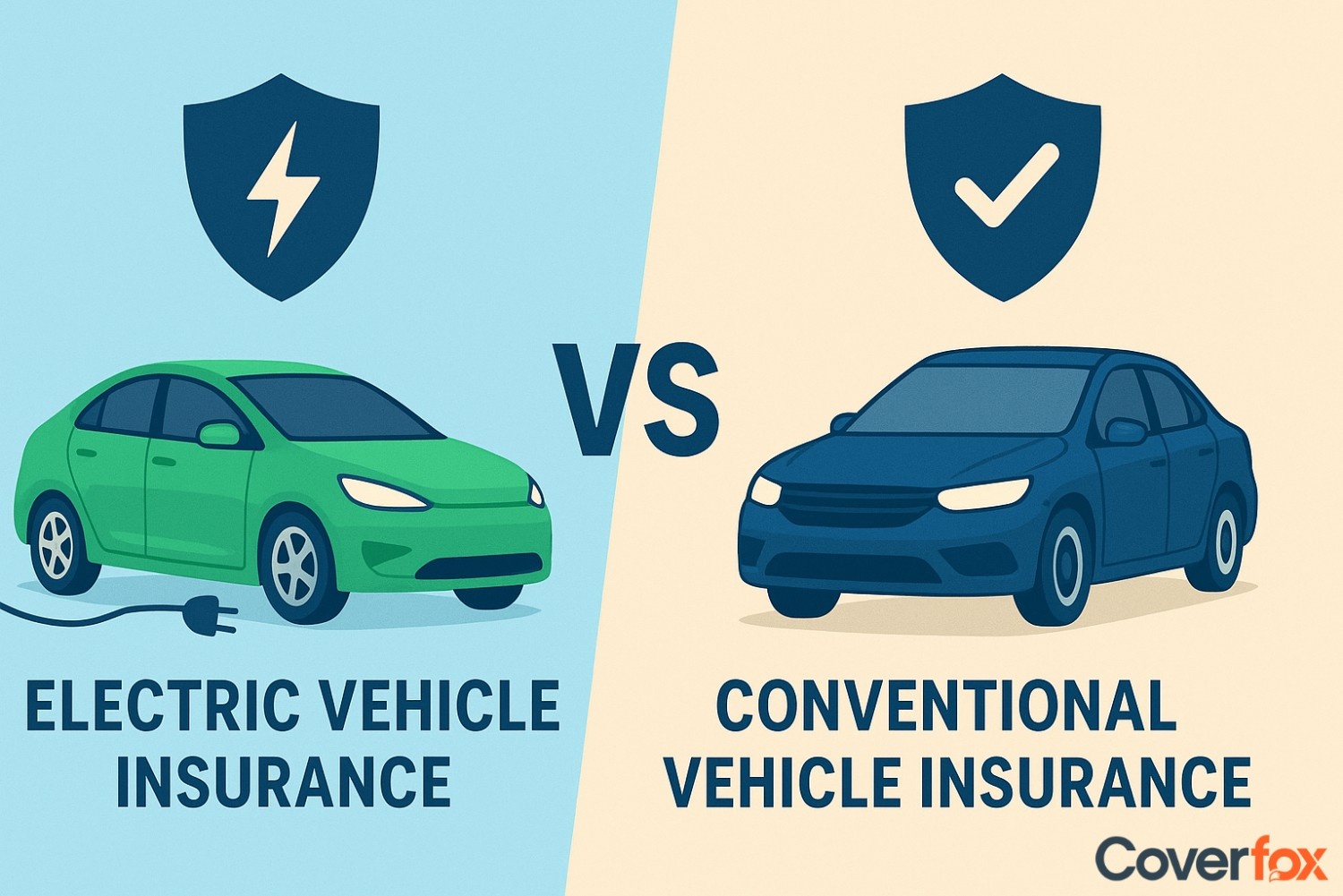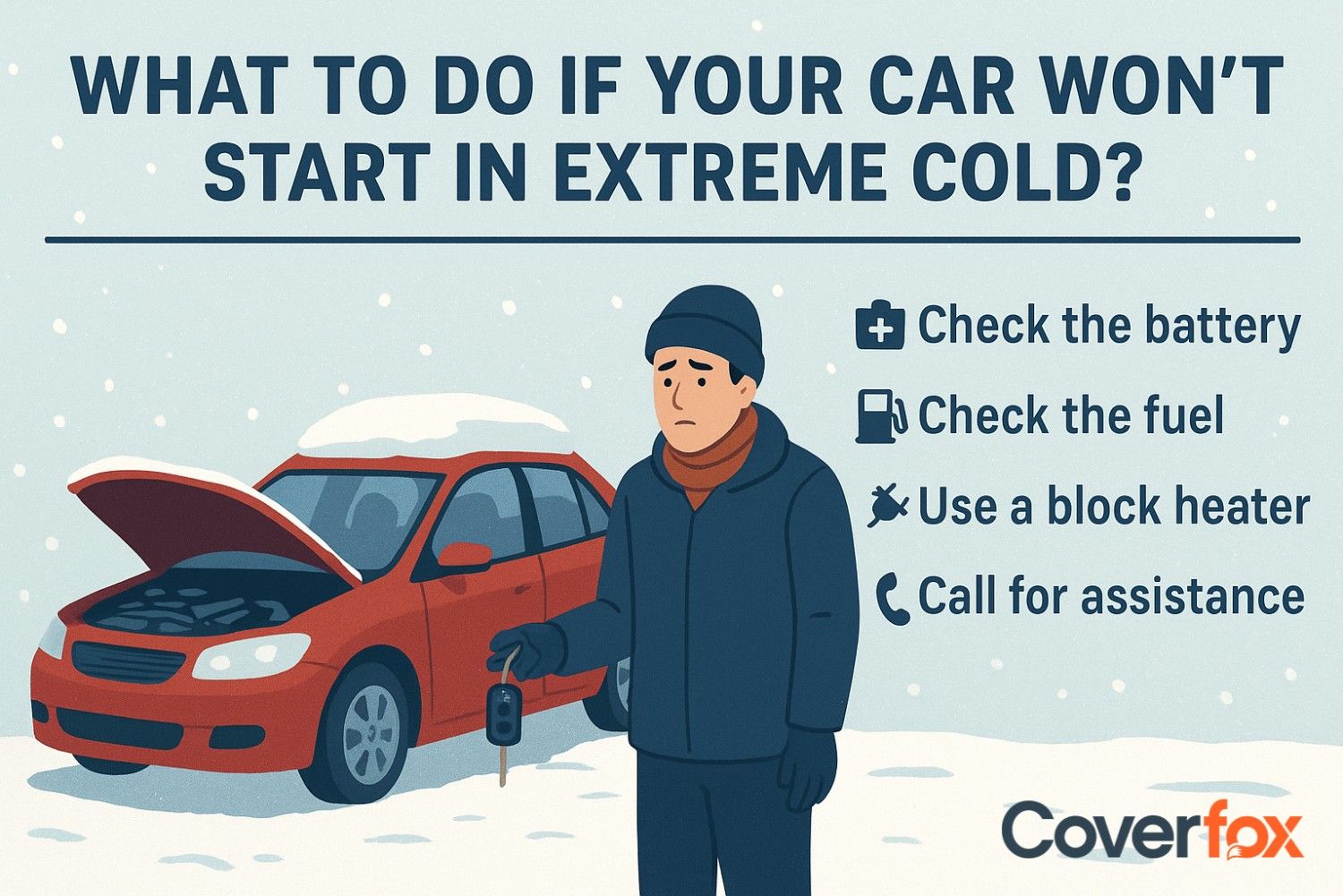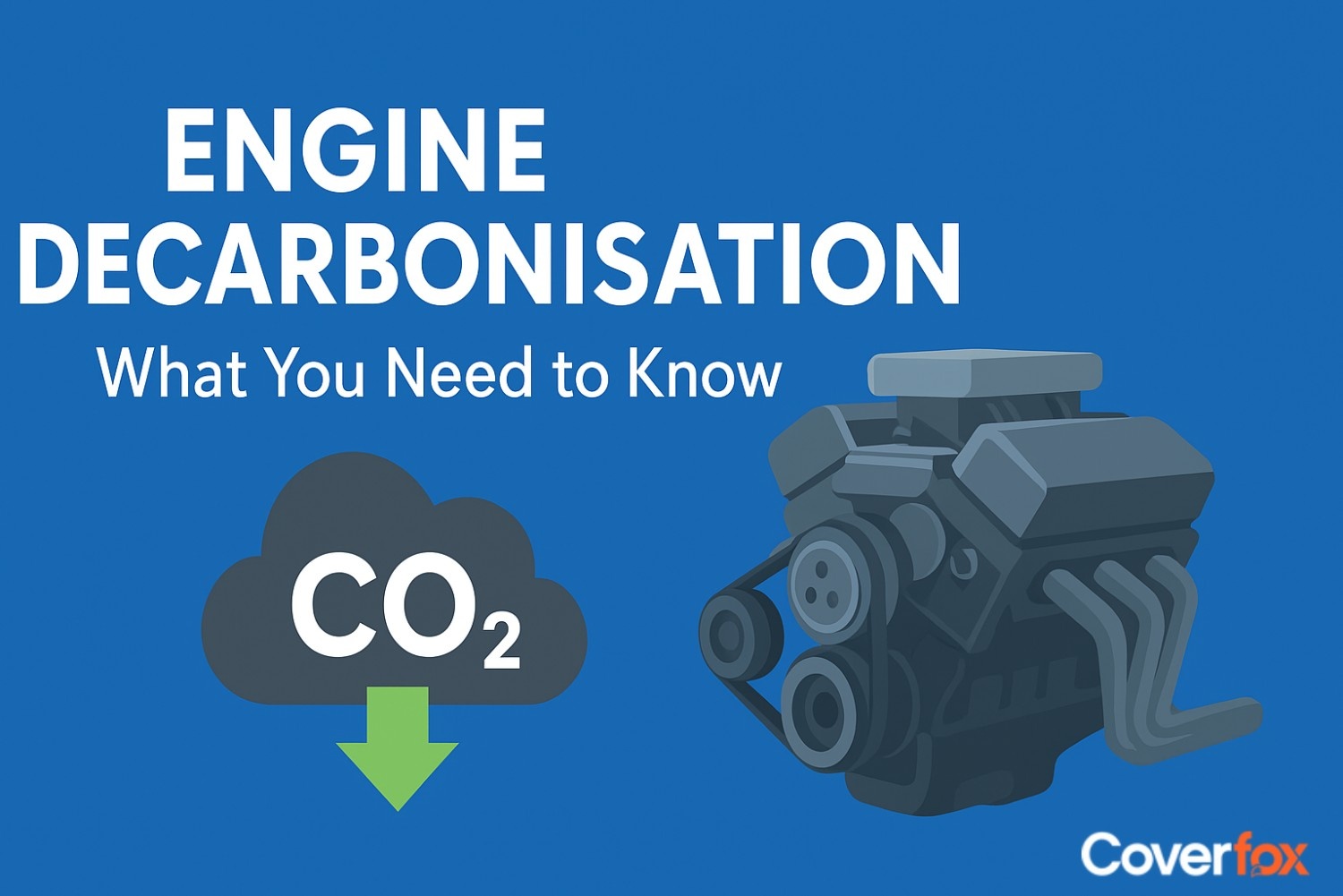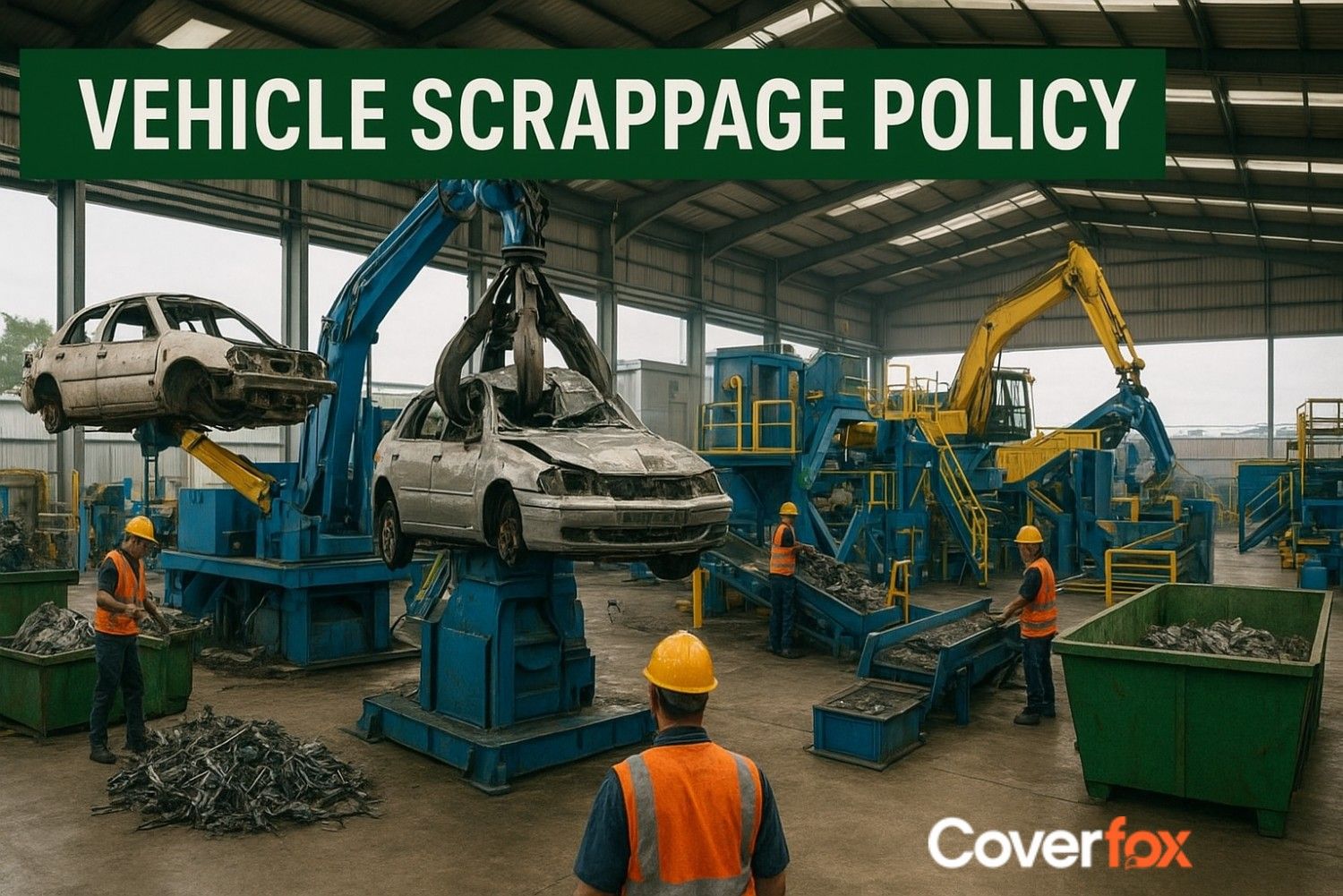When we talk about ensuring the smooth safety of our car on the road, most importance is given to engine health, oil changes and braking systems—but two vital aspects that we also need to factor in are wheel alignment and wheel balancing.
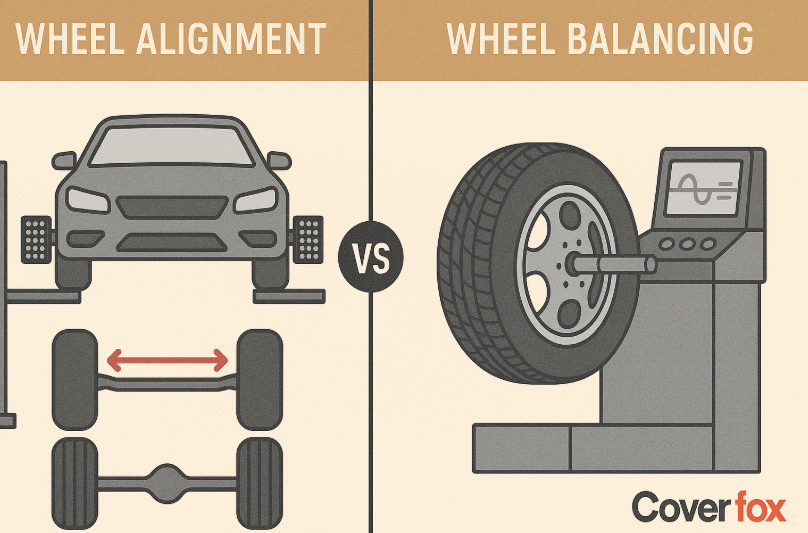
These two points not only help extend your tyre lifespan but also make sure your cars run smoothly for long periods of time. Understanding the difference between wheel alignment and wheel balancing is vital. This guide below also touches on the wheel alignment and balancing cost, and why having the best car insurance policy in India can be beneficial to cover unexpected repairs.
What Is Wheel Alignment?
When a car’s wheels are adjusted at angles that are parallel to each other and perpendicular to the ground so that it matches the specifications set by the manufacturer, it is referred to as wheel alignment. This is done as part of a car’s safety protocol to allow proper contact with the road, resulting in better handling, safety, control, and uniform tyre wear and tear.
Different Types of Wheel Alignment
Check the different types of wheel alignment that exist:
| Alignment | Description | Key Characteristics |
|---|---|---|
| Toe Alignment | Adjusts the angle of the tyres when viewed from above. |
|
| Camber Alignment | Refers to the vertical tilt of the tyre when viewed from the front or rear of the vehicle. |
|
| Caster Alignment | Measures the forward or backward tilt of the steering axis when viewed from the side. |
|
Why Is Wheel Alignment Important?
Ensuring your wheels are properly aligned is essential for the following reasons:
- The aligned wheels ensure the vehicle is not pulled to one side, enhancing control due to better handling and stability.
- You are saved from frequent replacements as it ensures uniform tyre wear that enhances the longevity of these tyres.
- Better alignment leads to decreased road friction, ensuring better fuel consumption.
- Pulling, drifting and steering issues are prevented, providing the secure grip needed on slick surfaces, to ensure better handling and control for added safety on the road.
- Unaligned wheels lead to more stress on the suspension system to components such as shocks, struts and suspension paths, leading to higher repair costs.
Causes of Wheel Misalignment
These may be the reasons why your car’s alignment is off:
- Hitting potholes, curbs or big bumps on uneven roads
- High or low-impact accidents or collisions
- Worn suspension parts
- Quick, sudden sharp turns on the road
- Lifting or lowering during repairs and modifications
When Should You Check Wheel Alignment?
There are certain signs that your car may display that will indicate it is time to check the wheel alignment of your car. Keep an eye out for these signs:
Regular Maintenance
After Installing New Tyres or Suspension Repairs
Following Impacts or Accidents
If the Vehicle Pulls or Steering Wheel Is Off-Centre
Uneven Tyre Wear or Steering Difficulties
If you drive your car for 6,000 miles or more, or at least twice a year as part of routine care.
Whenever you fit new tyres or replace suspension/steering components.
After hitting potholes, curbs, or being involved in an accident.
When the car drifts to one side or the steering wheel isn’t centred while driving straight.
If you notice uneven tyre tread or experience hard or loose steering.
What Is Wheel Balancing?
The process required to evenly distribute the weight of a wheel and tyre assembly around the vehicle's axle by adding small weights to the wheel is called wheel balancing. This process is necessary to ensure a smooth ride, as unbalanced wheels may cause vibrations that lead to uncomfortable journeys.
Types of Wheel Balancing
The two types of wheel balancing are:
| Type of Wheel Balancing | Description | Purpose / Benefits |
|---|---|---|
| Dynamic Balancing | The technician identifies the heaviest spot on the tyre and wheel assembly and adds small weights to balance it. | Prevents vibrations and hopping while driving. |
| Match or Road Force Balancing | The technician finds the tyre’s lowest point and wheel’s highest point, then adjusts the tyre accordingly. | Ensures smoother ride and better overall wheel performance |
How Is Wheel Balancing Done?
The process of wheel balancing can be carried out through a mechanic/service centre or by owners themselves. Here’s how:
Step 1: Lift the Vehicle and Remove Wheel
Use a jack to safely raise your car, and then take off the wheel and tyre assembly.
Step 2: Mount on the Balancing Machine
Place the entire wheel and tire onto a specialised wheel balancing machine, designed to spin the wheel and identify imbalances.
Step 3: Measure Imbalance
The balancing machine spins the wheel rapidly to detect areas where the weight is unevenly distributed. It measures how much weight is needed and where to place it.
Step 4: Add Corrective Weights
Small, precise weights are attached to the wheel rim at the locations indicated by the machine to offset the heavy spots and create an even weight distribution.
Step 5: Recheck Balance
The wheel is spun again on the machine to confirm that it is now perfectly balanced and that the weights have corrected the imbalance
Why Is Wheel Balancing Necessary?
Here are the benefits provided by wheel balancing:
- Reduces wobbling and vibrations, prioritising your comfort for a smooth ride.
- Improves fuel efficiency and enhances the lifespan of the tyres.
- Maintains better control at higher speeds, ensuring safety.
- Reduces stress on suspension components, leading to a better suspension system.
When Should You Balance Your Wheels?
Wheel Balancing becomes vital on the following occasions:
- When you install new tyres or go in for flat tyre repairs
- During the process of tyre rotation
- In case you feel vibrations or wobbling in the steering wheel or car floor while driving
- When you opt for routine tyre maintenance approximately every 6000 miles
Cost of Wheel Alignment and Balancing
Consider the following wheel alignment and balancing costs:
Wheel Alignment Cost:
Wheel Balancing Cost:
Typically ranges from ₹150 to ₹300 per wheel, depending on the service centre, location, vehicle type, and whether you opt for a two- or four-wheel alignment.
Relatively affordable, usually costing between ₹500 to ₹1500. However, cost may differ based on location, wheel and tyre type, and service provider.
Both services are affordable and essential to avoid costly repairs in the future.
Why Do Alignment and Balancing Matter?
Both wheel alignment and balancing are very crucial for vehicle safety on the roads. It helps ensure the following:
- Vehicle safety and control
- Maximizing tire lifespan
- Improving fuel efficiency
- Reducing wear on suspension and steering parts
Wheel Balance Vs. Alignment
To know the difference between Wheel Alignment and Wheel Balancing, the following table of Wheel Balancing Vs Wheel Alignment provides a clear description of the same:
| Aspect | Wheel Alignment | Wheel Balancing |
|---|---|---|
| Definition | Adjusting the angles of the car wheels so they point straight and work together for proper direction. | Ensuring the tyre and wheel assembly’s weight is evenly distributed by adding small weights as needed. |
| Purpose | To set wheels according to manufacturer specifications for correct tire-to-road contact and handling. | To eliminate weight imbalances that cause vibrations and wobbling during driving. |
| Recommended Check Interval | Every 6,000 miles or twice a year. | Every 6,000 miles or when vibrations are felt. |
| Focus Area | Adjusting wheel angles for optimal tire-road contact. | Balancing the weight distribution of the tyre and wheel assembly. |
| Impact on Vehicle | Affects steering, handling, and suspension wear. | Affects ride smoothness and tyre wear. |
| Common Causes of Issue | External impacts like potholes, curbs, or accidents cause misalignment. | Internal tyre and wheel weight imbalances from manufacturing or wear. |
To Conclude
In all, wheel alignment focuses on adjusting the angles of the tyres to keep them straight, and wheel balancing ensures the tyres and wheels are well-balanced. By keeping track of both wheel alignment and balancing, you can guarantee a vehicle's safety, performance, and longevity—keeping your car running on the road smoothly. To guarantee your vehicle’s safety, don’t forget to equip your car with a vital car insurance policy. When buying your best car insurance policy in India, consider coverage that includes wheel and suspension repairs to protect your investment.
You can conveniently buy car insurance online on IRDAI-authorised platforms like Coverfox to compare prices across a range of insurers—allowing you to make your choice smoothly and transparently!
Explore More:
Different Types of Suspensions and How They Work
Types of Brakes and Braking Systems in Automobiles
Types of Tyres: A Guide to Choosing the Right One
Frequently Asked Questions
How do I know if I need wheel alignment or wheel balancing?
If you find your car pulling to one side or indicating uneven tyre wear, it shows alignment issues. Balancing is needed if you find vibrations or wobbling at speed.
Is wheel balancing necessary for new tyres?
Yes, wheel balancing is necessary for new tyres to distribute weight evenly and help extend their lifespan.
How often should I get a wheel alignment?
Wheel alignment is recommended every six months or approximately every 6000 miles (10,000 km) travelled.
Are DIY wheel alignment and balancing methods recommended?
It is better recommended to opt for an experienced mechanic or technician to handle wheel alignment and balancing, instead of using DIY tools.
Can wheel alignment or balancing fix vibrations at high speeds?
Wheel balancing proves to be helpful in managing vibrations at high speeds. However, if the issue persists, it is recommended to opt for a wheel alignment check as well.
What comes first, wheel alignment or tyre balance?
Typically, wheel balancing comes first, ensuring an even distribution of weight, followed by the wheel alignment process.

